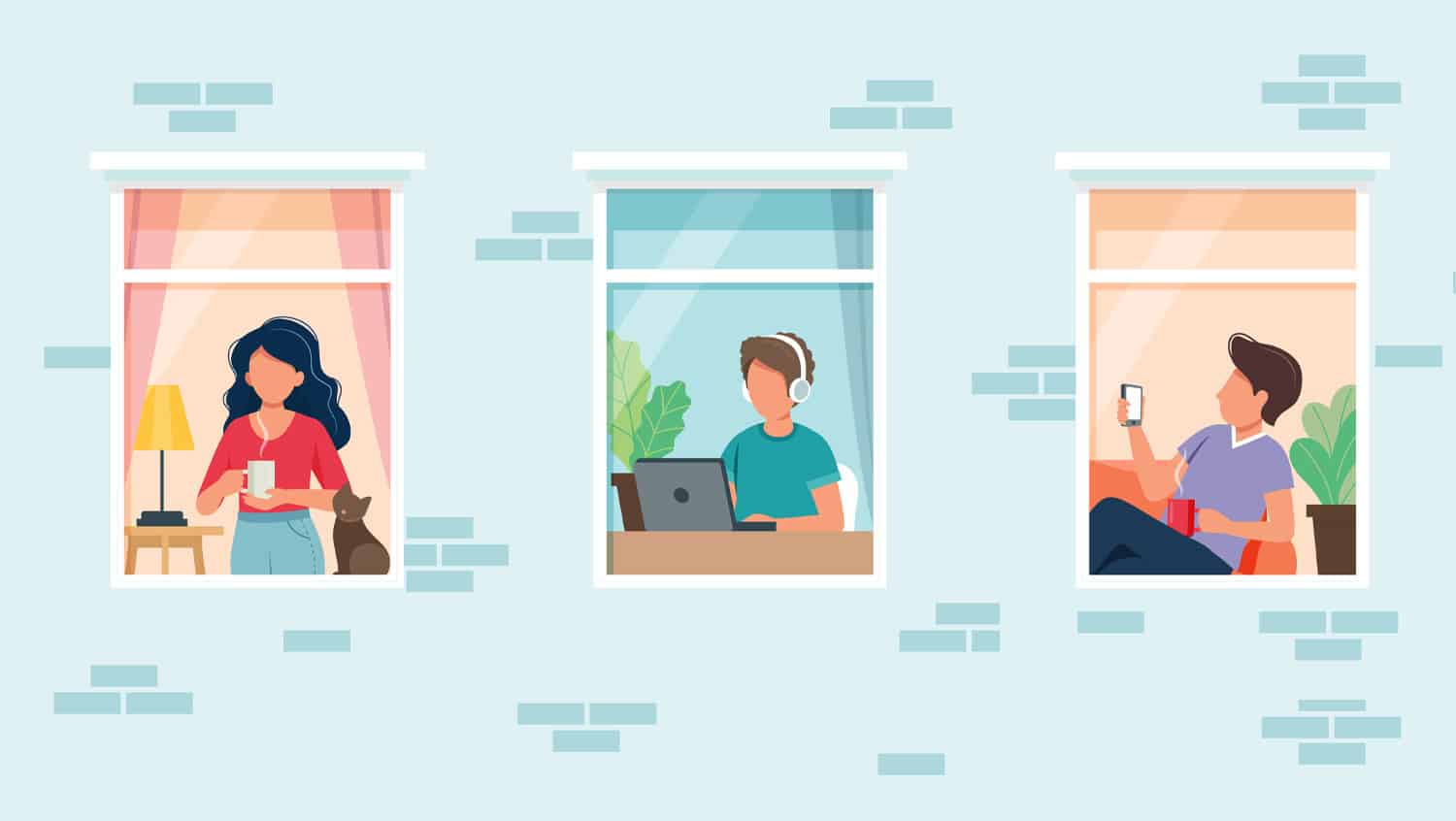Loneliness and isolation are horrible for mental health, and the Covid-19 pandemic has created a lot of both across the globe.
September is Suicide Prevention Awareness Month, and the number of deaths by suicide has increased by 35% between 1999 and 2019. It was also the second leading cause of death for people ages 10 to 34 in 2019, just behind unintentional injury, and in the top 10 causes for all age groups. That year alone, there were about 1.3 million suicide attempts in the United States, and 47,511 Americans died by suicide.
While the Covid-19 pandemic rages on, the lasting mental health impacts for healthcare workers, families who have lost loved ones, and the general public are unknown. However, mental health and suicide rate statistics from 2020 are surprising to some.
Have Suicide Rates Increased during the Pandemic?
While most predicted that the lengthy quarantine and distance from loved ones would lead to more suicides, the opposite has actually happened.
Though data are not yet available for 2021, suicide rates in the early days of the pandemic have decreased about 6% from years prior to 44,834 deaths by suicide in the United States in 2020. That’s the sharpest decline in the United States in the past 4 decades.
Dr. Christine Yu Moutier, the chief medical officer of the American Foundation for Suicide Prevention, told Healthline it’s hard to pinpoint what exactly led to the change, but some historical data around wartime and other national crises also foreshadowed this drop-in rates.
“Community cohesion and sense of belonging is a very potent protective factor against suicide risk, along with other experiences like connecting to support and mental health service,” she said.
Luckily, while the physical world was distant, teletherapy was readily available for Americans during the pandemic. According to the American Psychological Association, a third of psychologists said they were seeing more patients after March 2020. Those who treat anxiety and depression were even higher in demand, with ¾ of available therapists seeing an increase in treatment demand.
“We’ve had a waitlist of about 187 people,” Dr. Mary Alvord told CNBC of her practice’s increase in new patient requests. “We seem to reduce it, and then we go back up again.”
Depression Rates During Covid Pandemic
While suicide rates have decreased during the pandemic, mood disorders like anxiety and depression are on the rise.
According to a report by the Centers for Disease Control and Prevention, American adults in June 2020 reported “considerably elevated adverse mental health conditions,” including young adults, essential workers, racial minorities, and adult caregivers. Many said they experienced disproportionately worse mental health outcomes, increased substance use, or elevated suicidal ideation as a direct result of the pandemic and subsequent quarantine.

Compared to the same period in 2019, anxiety disorders were three times more prevalent, and depressive disorders had increased four times. Of those involved, 1 in 4 reported increased anxiety or depression symptoms, and 1 in 10 reported an increase in substance use.
And while suicide rates are down, twice as many participants reported serious consideration of suicide versus American adults in 2018.
Contact Us Today
When it comes to mental health, no one can fight an uphill battle alone. If you’re struggling with suicidal thoughts, we’re here to help. Contact us to set up an appointment, and stop the stigma of being “too strong” to need help.
If you’re considering suicide, or are worried about a loved one, call the National Suicide Prevention Lifeline at (800) 273-8255 for free, confidential support 24/7. We can all help prevent suicide.
